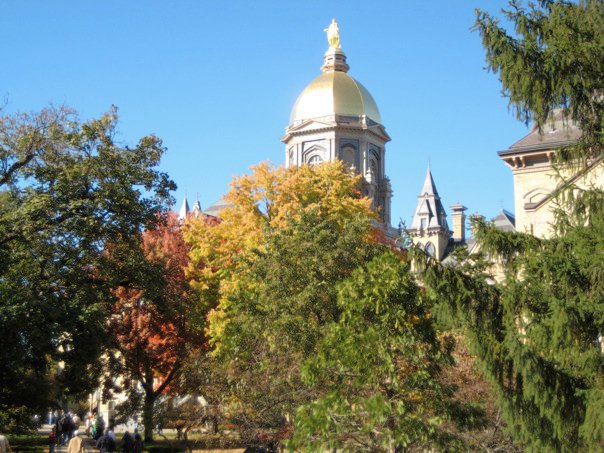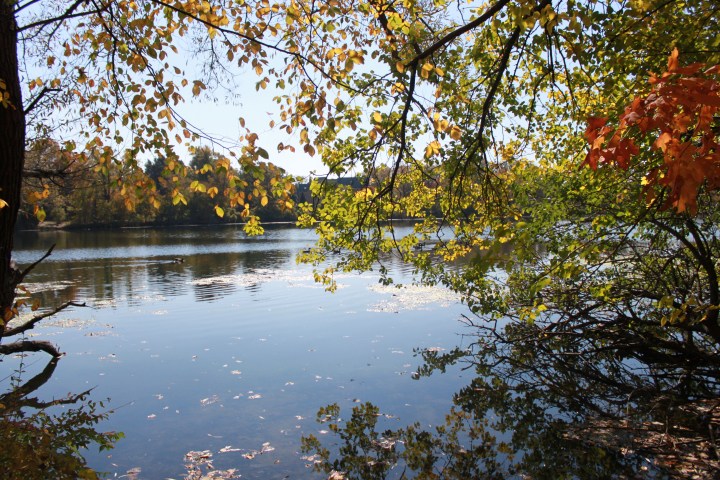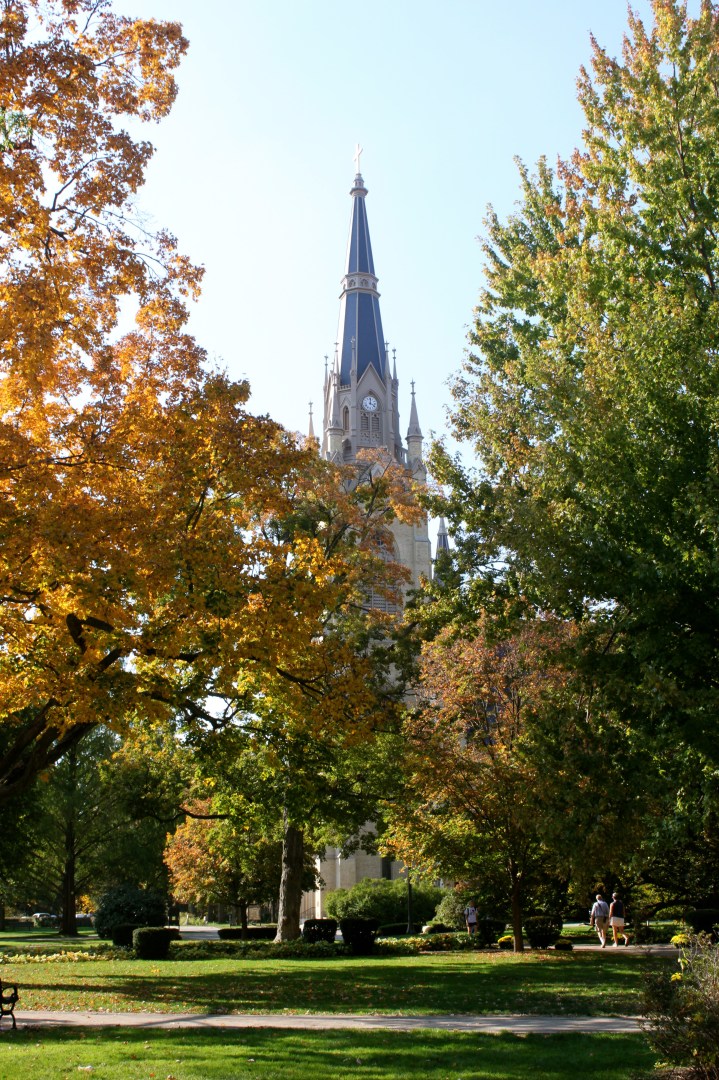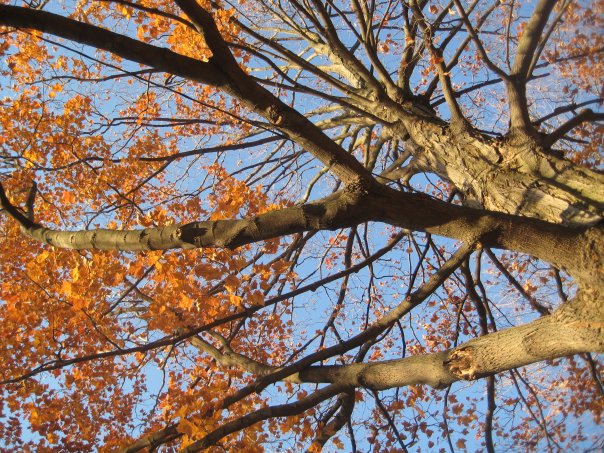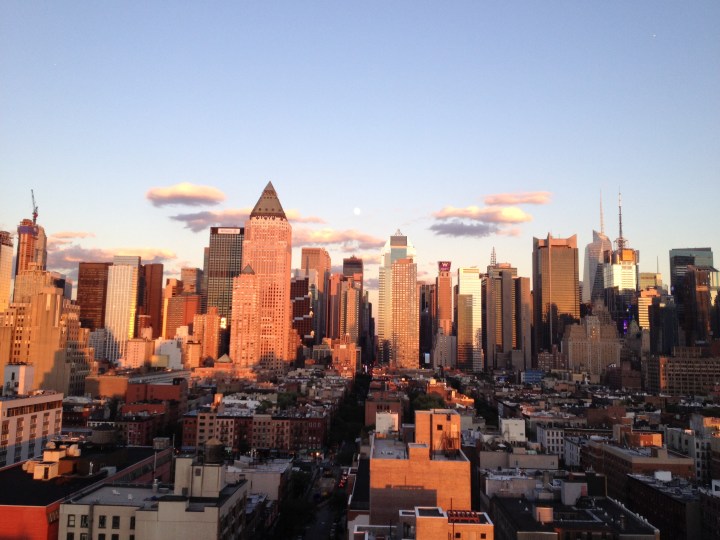This piece was originally published in the anthology, A Letter to my Freshman Self: Domers Reflect on their Undergraduate Experience.
Dear Sara,
When you arrive at Notre Dame that hot afternoon in August you’re not going to feel at home right away.
This becomes especially apparent during your first-year seminar when your professor asks the class to write reflections on the meaning of “home”.
One by one, your classmates will talk about Notre Dame as a second home, a place that felt “right” the very first moment they stepped on campus. You do not read your reflection out loud. You are embarrassed, ashamed. Why does Notre Dame still feel unfamiliar to you, but is already home to others?
The first thing I’ll tell you is there is nothing to be ashamed of. The second thing I’ll tell you is you’re not alone.
Sara, there will be weekend nights when you’ll lie in your dorm room, listening to the sophomore girls next door giggle and blast music before going out. You’ll scroll through Facebook photos of high school friends partying at other schools, worrying you’ll be replaced by Thanksgiving. This notion is ridiculous. College won’t change what you’ve built over many years.
But you’ll make new friends for life, too, and these friendships will start budding early on. You don’t realize that some of the people you wandered campus aimlessly with those first few weeks will become friends you cry with at graduation.
So give it three months and everything will be okay. I can tell you all major life changes will take about this amount of time to adjust to. The only way to overcome homesickness is to endure it – but I know that’s not what you want to hear.
Sara, you were a perfectionist even before coming to Notre Dame, but college will exponentially pronounce that aspect of your personality. While it will help you succeed academically, I want you to be aware of its pitfalls.
Papers can only be perfected to a point. As an English major you’ll write so many of them but there’s no use getting frantic every time one’s due, skipping lunch with friends to rework a single sentence. Try to finish papers earlier so your days feel less crazed. I know that’s easier said than done.
Of course, perfectionism also extends to body image, especially at a school like Notre Dame of people where 75% of students were varsity athletes. You are so terrified of gaining the freshman fifteen that you become hyper-conscious of everything you eat. It doesn’t help that many other girls hold the same fear, silently comparing plates at the dining hall and working out five times a week. You are healthy, active and young. Care less.
And try new things. That’s what college is for.
Sara, I’m proud of you for walking into The Observer office in the basement of South Dining Hall the third week of your freshman year. It won’t be easy stepping into an office full of strangers, but this small act will have the greatest impact on your college career. The Observer will help you dive into the larger Notre Dame and South Bend communities, and you’ll go on to become one of the leading editors as a senior.
Breaking out of your comfort zone is the best way to meet new people. Freshman year, do this as much as possible. Go to the dorm party even when your only acquaintance is the girl from Welsh Fam who sits next to you in Genetics class. Join a sports team even though you’re not very good at the sport. There are so many opportunities to get involved at Notre Dame and you never know the experiences you might have.
I promise, the loneliness you feel at first will fade fast. Milestones will fly by – you’ll cheer at your first football game as a student, watch snow fall gently on the Main Building, dress up for your first SYR. You’re not sure exactly when it arrives, but the “feeling” you’ve envied in so many others makes its way to you, and you’ll know you’re home.
I know the beginning is rough, but there are so many exciting things ahead of you. From studying abroad in London to living with friends off-campus senior year, some of the best four years of your life are yet to come.
So relax and enjoy them.
Love,
Sara

 Patrick Coyne, an Irish fan for 70 years, on Notre Dame’s campus for the 2008 game against Stanford
Patrick Coyne, an Irish fan for 70 years, on Notre Dame’s campus for the 2008 game against Stanford


